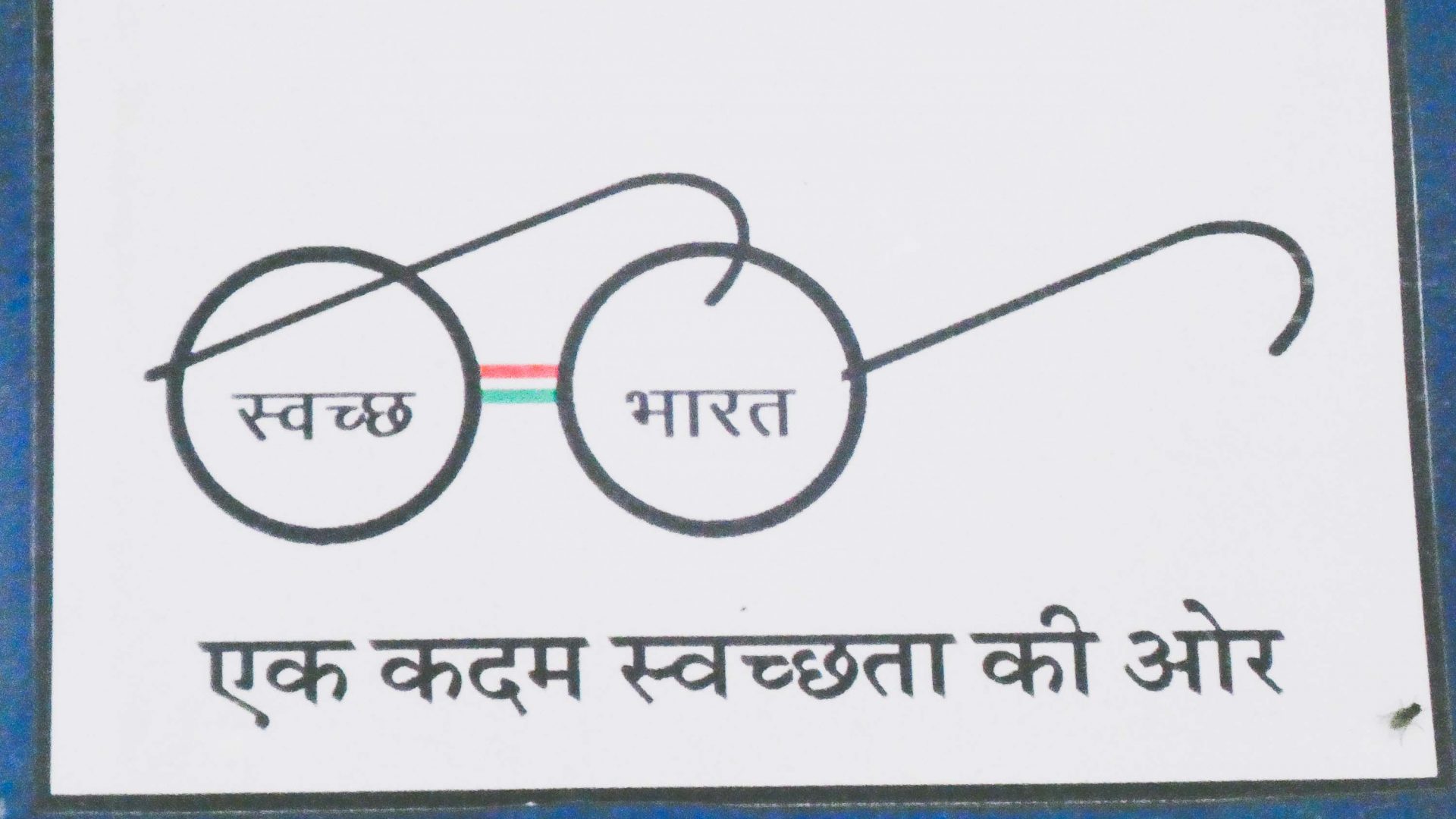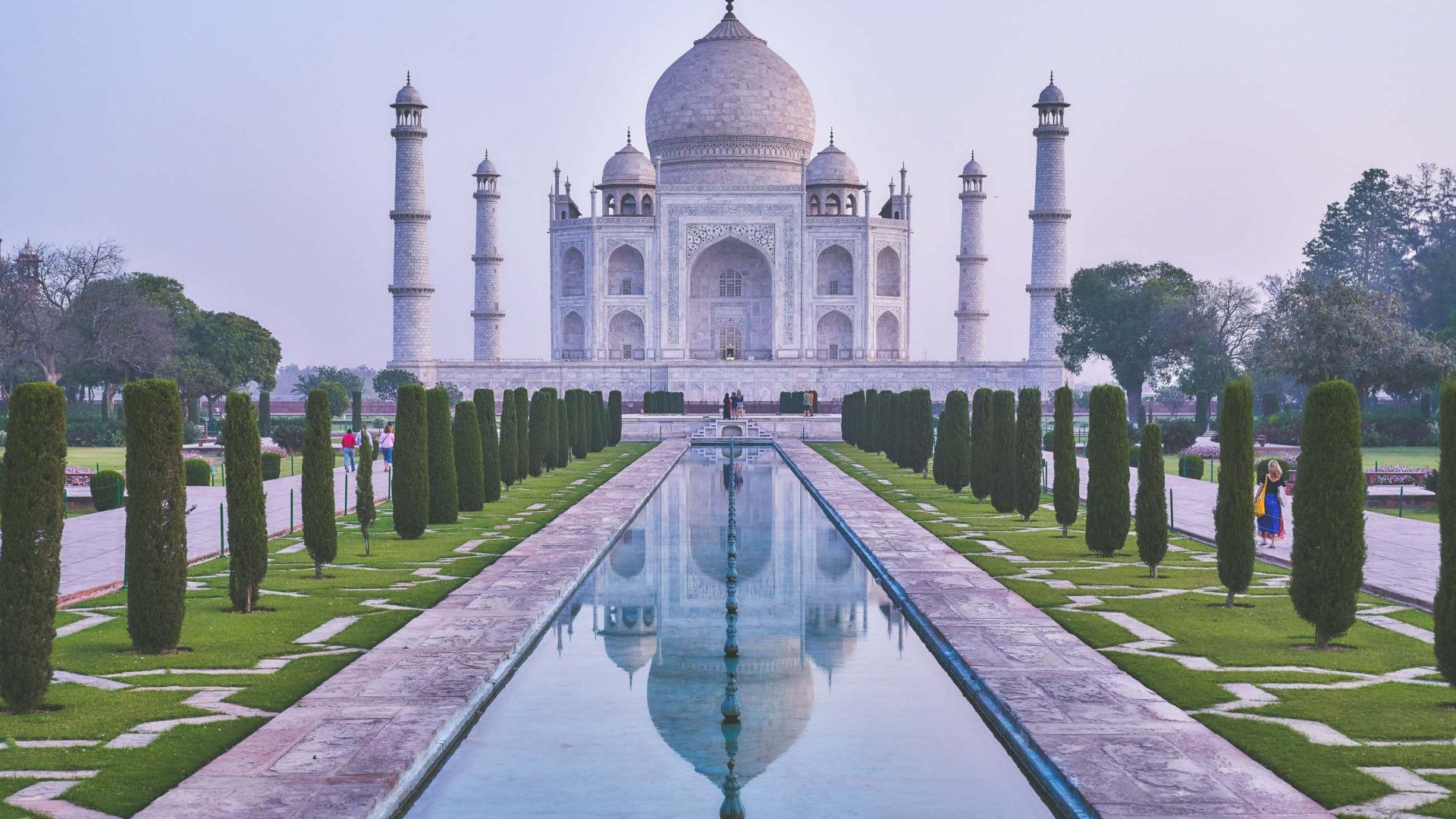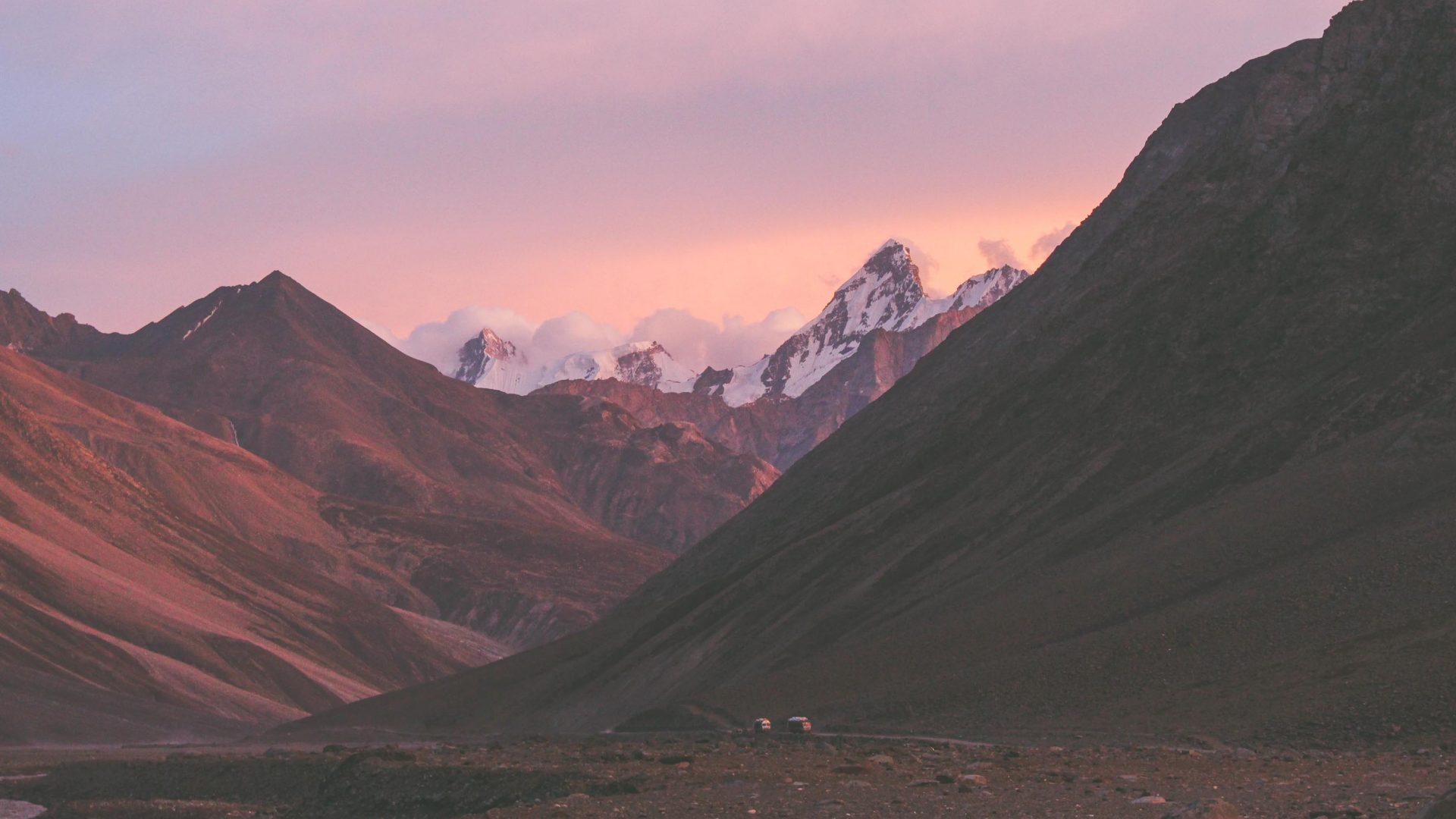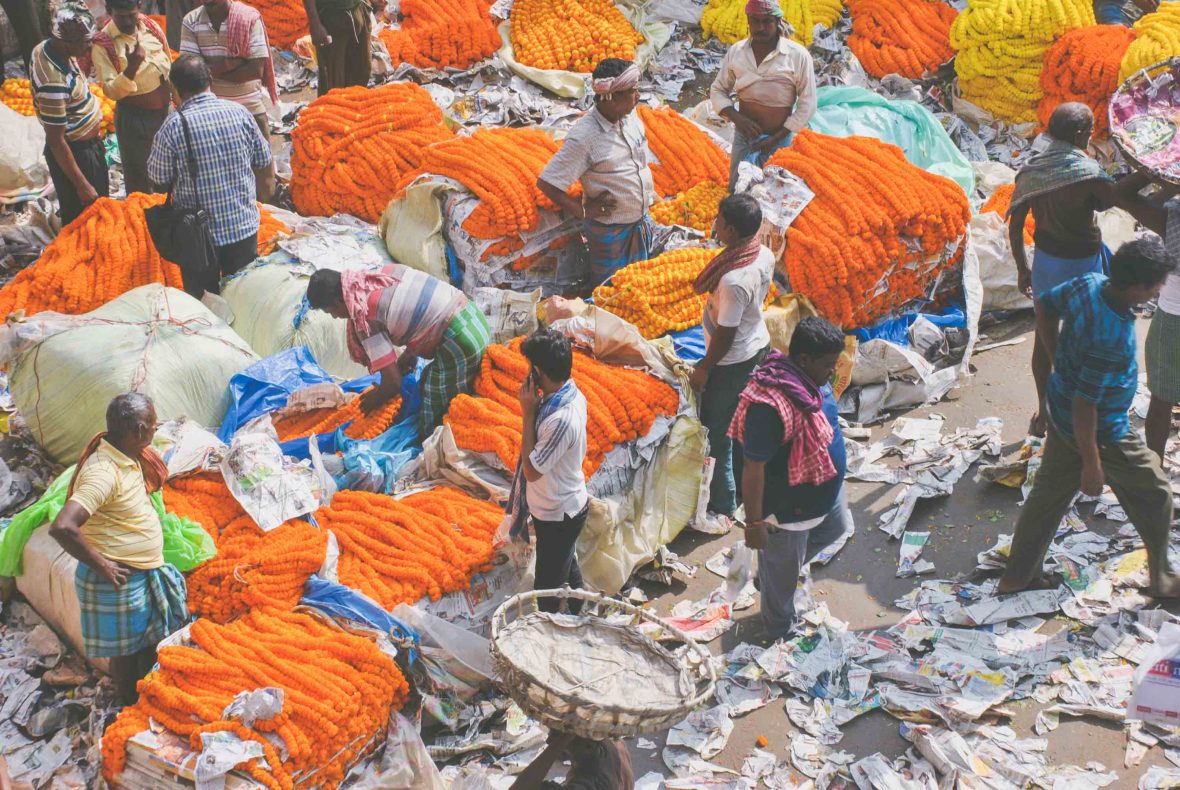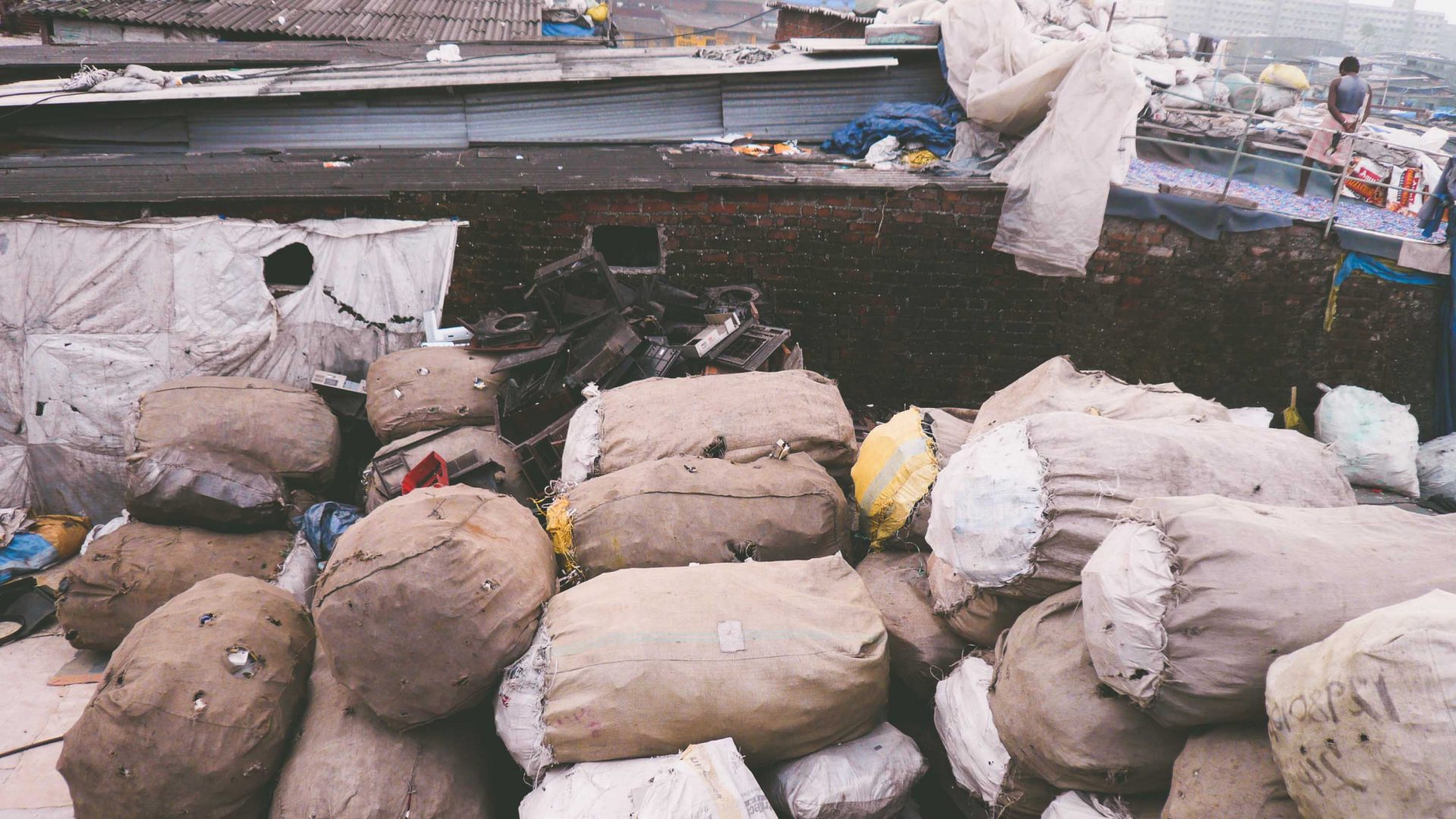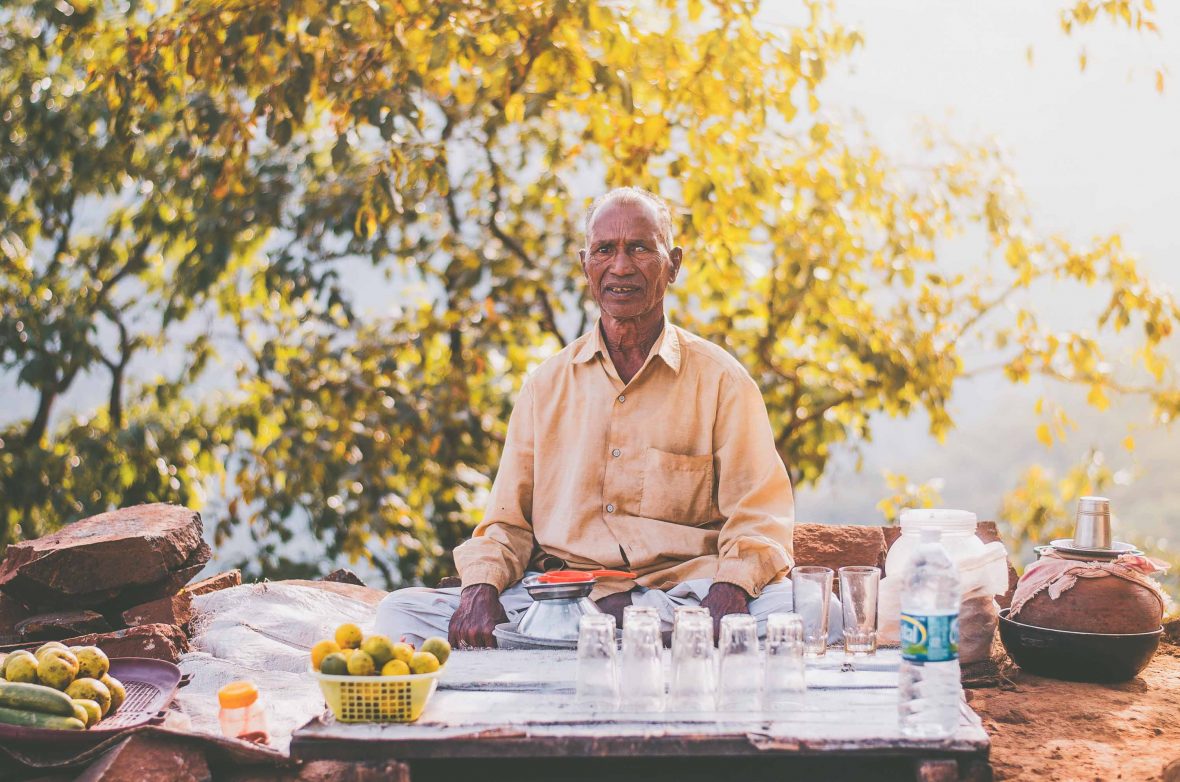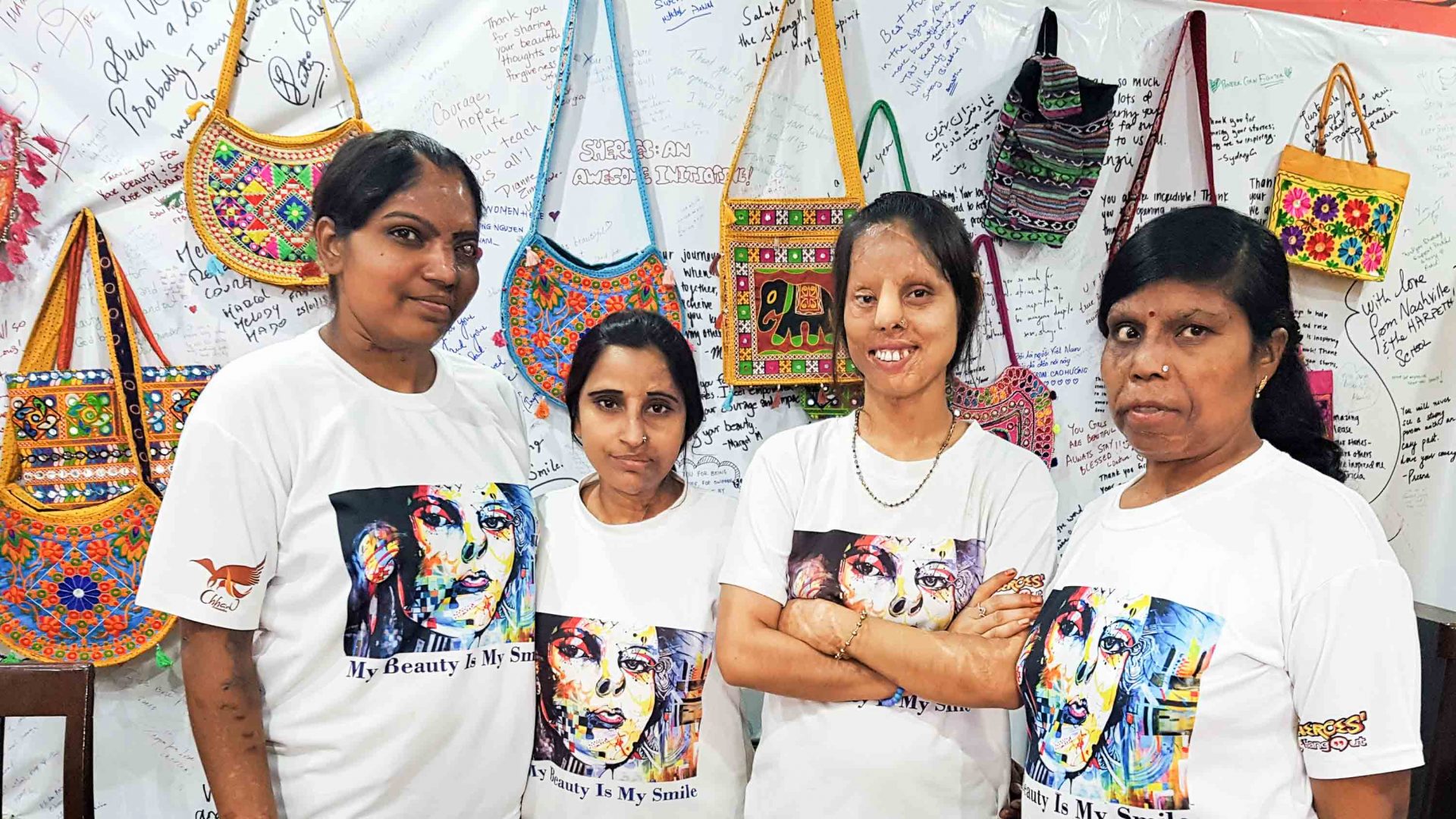

After decades as one of the world’s largest contributors to plastic waste, India has pledged to be single-use plastic free by 2022. But what does that pledge look like in real-time? Huw Kingston finds out.
It took me quite a while to find it. I’d searched the whole of our rather luxurious cabin at Reni Pani Jungle Lodge for what is usually so easy to find.
Finally, I sat down in the bathroom and there it was; a plastic wrap around a spare toilet roll. Otherwise, not one sign of today’s modern evil: Soap was in bars, coffee in jars, filtered water in reusable aluminium bottles, bins lined with reusable canvas bags
We’d just arrived at the lodge after a few days trekking and camping in Satpura National Park, the only tiger reserve in India where safaris on foot are permitted. During those days too, I had been hard pressed to find evidence of that most ubiquitous and problematic of materials. And on the trek itself, our forest guides picked up plastic that had washed down the Denwa River into the park.



